By the end of this week you should be able to:
- Research and analyse the basic pitfalls of illegal practice;
- Imagine and communicate the key areas that may infringe the copyright or require IP protection in relation to a chosen designed object;
- Manage your independent learning effectively.

This week’s lecture took the form of a podcast in discussion with Jonny and Kevin who are Lawyers at Freeths.
What was great about how they talked about copyright, was that they made it really simple – and in a way, it is.
They describe it as being, “common sense” and that you will know if you have copied something or not. To protect yourself it is important to have a forensic evidence trail which shows your design development.
It is also very beneficial to explain in contractual terms who will own the copyright once a client has paid and when it can be shown in the public domain.
Fortunately, copyright comes into existence just from the act of creation. There’s no application or legal process.
“The key there is just to document your work so that, if someone does accuse you of copying them, you can point back and say I’m terribly sorry you think that’s the case but this was me.”
– Jonny Mayner,
Freeths LLC
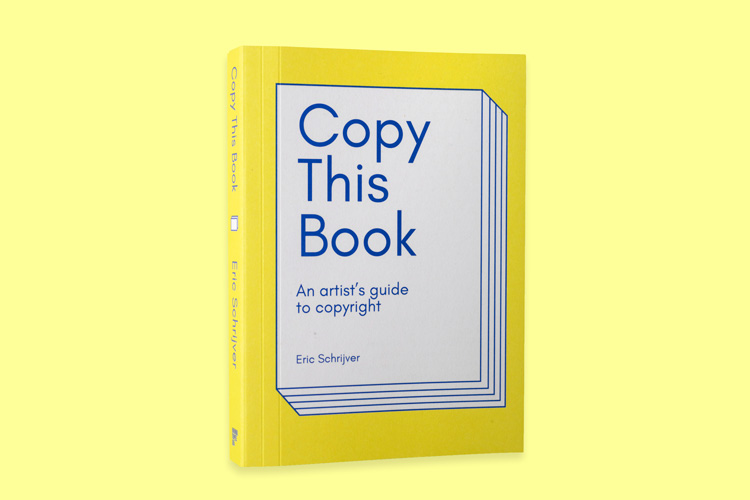
Eric Schrijver’s Copy This Book looks in depth at copyright and breaks it down into the 6 main headings below.
Focussing on point 2, which discusses style and if it can be copied, it becomes apparent that it cannot. Without copying of styles we would not have trends, movements or be able to absorb inspiration.
In the podcast this week, Jonny said, ” by way of analogy to music copyright cases,there are only so many notes.” Nothing is truly original. It’s the culmination of various sources of inspiration which makes design unique and the opportunities endless. Just like in music – playing notes in a different order or style can create something unheard of before.
You get copyright by default
Your designs are protected, your style is not
When reusing images, you can’t trick copyright
The client does not get copyright automatically
Your client expects you to educate them
If you get copied, you have leverage

The 2020 Tokyo Olympics became involved in a plagirism row when it was suggested that the logo was similar to that of the Théâtre de Liège.
There are obvious similarities in this case, however, Kevin Poulter stated, ” I don’t think you would be to the point of confusion.”
This confusion is an important aspect when it comes to copyright. Yes, all three of this logos are similar in style. But if you would you get so confused that you would attend an Japanese olympic stadium hoping to see a French stand up comedy festival? I think not.
Another thing, which is highlighted in the Guardian article is that the logo is rudimental and made up of simple geometric shapes. “similarities are bound to happen.”(Armin Vit, Graphic Design Writer.)
Armin also continued to say that, “[people] are just adding adding noise to social media.” and unfortunately this has more power in society than legal efforts. If the designers of the Theatre logo or the Rebuild Japan logo were to take Tokyo Olympics to court over copyright infrigement they would surely lose?
Even though I believe the Tokyo Olympic Committee would have won any case put to them, they fell under the pressure of public scrutinty and changed the logo. Public perception and support played a big part in influencing their decision.
“Prior to the selection of this design, the Tokyo 2020 Organising Committee conducted long, extensive and international verifications through a transparent process.”
– Tokyo 2020
Olympic Organisers

Created this image in 2011 following the Japanese
Tsunami in 2011.
9 years before the Olympics in question.
Trademark
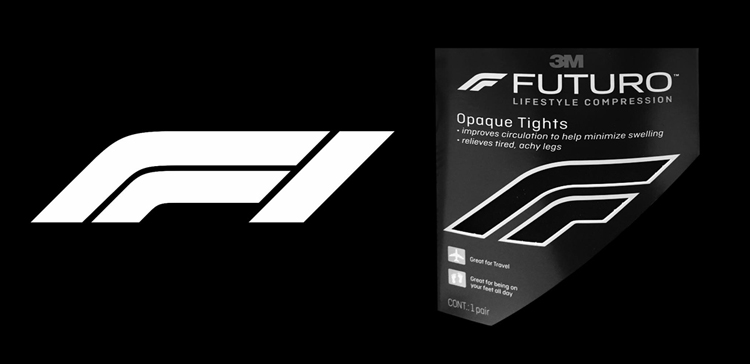
In 2018 F1 faced its own furore as it too was embroiled in a copyright dispute.
What is particularly interesting in this case, is that 3M had trademarked the insignia 5 months before F1 had applied.
As discussed previously, confusion is key. 3M would have trademarked their logo under the ‘trade’ of clothing. The question of confusion arises if F1 creates a clothing brand featuring the same logo mark. There is a good chance that you could confuse the two.
So what happened? The F1 logo remains. As does the 3M Futuro brand. Nothing can be found online, so I guess they found an amicable solution outside of the public eye. As 3M created their logo first, I would imagine that F1 may have bought their way out of the whole debacle.
“[If it can be proved that there is] likelihood of confusion” between the two brands, this could be grounds for a legal dispute.”
– Dids Macdonald, founder at organisation Anti-Copying in Design (ACID)
Workshop Challenge
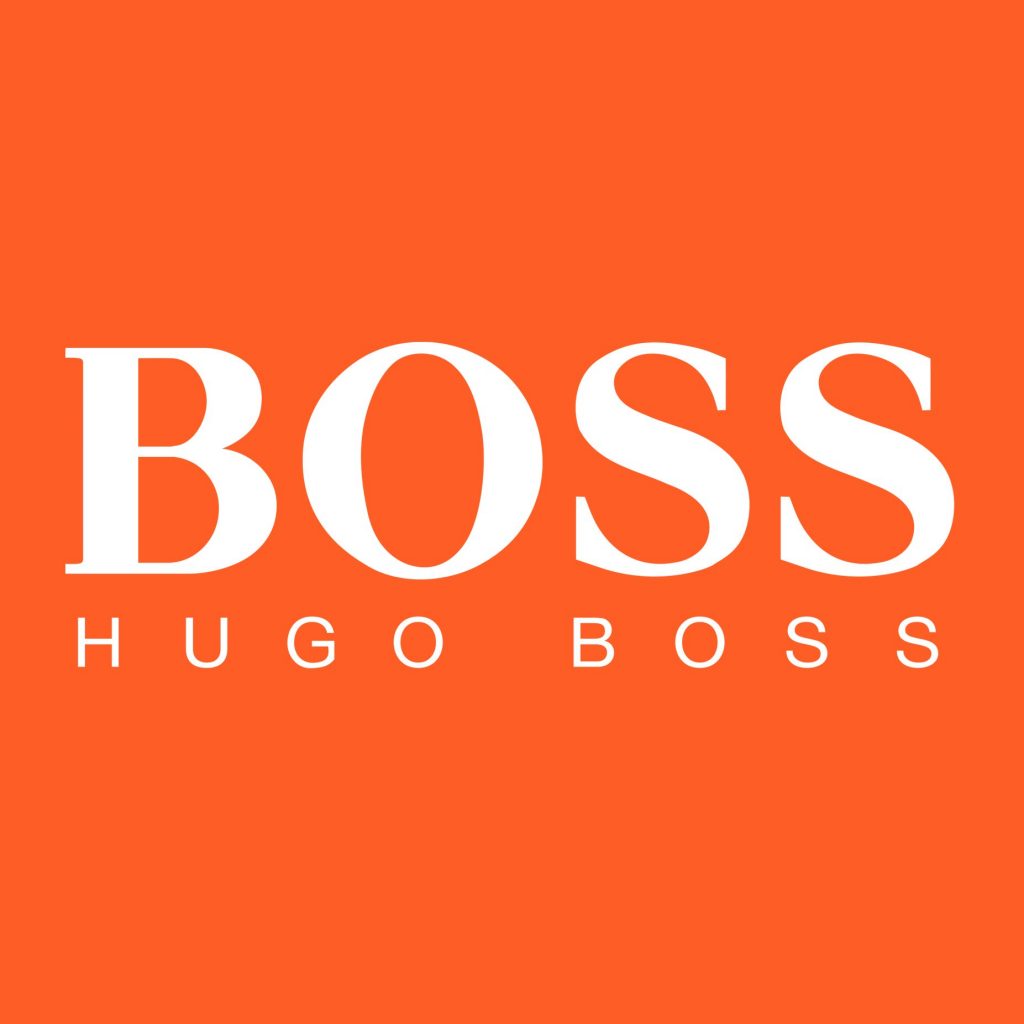
One example that stood out me recently, was that of Hugo Boss. In 202o Hugo Boss tried to monopolise the market by sending cease-and-desist letters to small businesses and charities who used the word ‘Boss’ in their name.
The first case involved Boss Brewing1 who recieved the letter from Hugo Boss. The word ‘Boss’ is trademarked in many areas, but alcohol was not one of them. Sadly, they were not the last to receieve this letter and others included a bag producer called ‘Bos$wash’, a clothing manufacturer called, ‘Be Boss’ and another perfume manufacturer called, ‘Carlo Bossi’.
In response to this and to support the ‘small guy’ Joe Lycett, a comedian from the UK, legally changed his name to Hugo Boss. Were they going to try and take him on? Could they?
Kate Swaine, intellectual property partner at Gowling WLG, said: “Joe Lycett’s actions shine a light on the potential negative PR implications when undertaking a brand enforcement program.”
And boy did it create a PR nightmare for Hugo Boss. Lycett said, in Apr 2020, that his mission to raise awareness about the legal actions of the “fashion behemoth” had been successful. “It became world news with headlines across the globe and also Dick n Dom from da Bungalow said I should be knighted.”
I suppose the biggest question surrounding this action is:
Is there any way to fully protect your brand or logo?
How many companies just folded at the sight of a cease-and-desist from the clothing giants?
Do or should larger, finanically secure companies have a moral code when seeking out copyright?
“As an open-minded company we would like to clarify that we do not oppose the free use of language in any way.”
Hugo Boss
So What Can be Done?
Copyright
© 1924 – 2021 Copyright HUGO BOSS AG. The history of Hugo Boss AG started in 1924. Initially it manufactured uniforms for Nazi Party before and during World War II. After the founder of the company, Hugo Boss, passed away in 1948, it switched to manufacturing men’s suits. In 1985 Hugo Boss launched a fragrance line, which proved to be rather successful. The same year the German fashion house went public
Trademark
Class 3
Class 9
Class 14
Class 18
Class 10
Class 12
Class 16
Class 21
Class 24
Class 25
Class 27
Class 28
Class 35
Class 38
Class 42
Patent
As of today, 19 June 2021, Hugh Boss has 60 patents in their name. Covering a large selection of design areas, they still remain at the forefront of innovation and deign.
Summary
So can you protect your name from being copied? Short answer – no. You are protected under copywright for the things you create, but only to some extent. Stylistic similarities are unlikely to be acknowledged in a court room.
The Boss brand has trademarks reistered in 15 of the 45 available classes. However, having said that, although they have it registered under class 25 – clothing – they still lost out when trying to take a Liverpudlian brand to court over the use ‘Boss’.
I think that maybe the best way to protect myself is to meticulously record my design
process.
If someone then copies one of my designs I can then publicise the use and hope that the people get behind me. Unjust and society makes for a powerful tool in response to design thievery.
Visual digestion of research
I have found from previous modules that it helps me to go over my research and produce it visually. Please have a look at that outcome below.
Ideas Wall
References
Schrijver, E., 2019. 6 things designers should know about copyright infringement. [online] Design Week. Available at: <https://www.designweek.co.uk/issues/25-february-3-march-2019/6-things-designers-should-know-about-copyright/> [Accessed 6 August 2021].
Alderson, R., 2015. Tokyo Olympic Games logo embroiled in plagiarism row. [online] The Guardian. Available at: <https://www.theguardian.com/artanddesign/2015/jul/30/tokyo-olympics-logo-plagiarism-row> [Accessed 6 August 2021].
Tokyo 2020. 2021. Tokyo 2020 Logos. [online] Available at: <https://olympics.com/tokyo-2020/en/games/emblem/> [Accessed 6 August 2021].
Addley, E., 2016. Tokyo 2020 unveils new Olympic logo after plagiarism allegations. [online] The Guardian. Available at: <https://www.theguardian.com/sport/2016/apr/25/tokyo-2020-organisers-unveil-new-logo-olympic-plagiarism-allegations> [Accessed 6 August 2021].
Dawood, S., 2018. Formula 1 could face legal battle over its new logo. [online] Design Week. Available at: <https://www.designweek.co.uk/issues/15-21-january-2018/formula-1-face-legal-battle-new-logo/> [Accessed 6 August 2021].
BBC News. 2020. Hugo Boss drops Scouse slogan trademark action. [online] Available at: <https://www.bbc.co.uk/news/uk-england-merseyside-54905416> [Accessed 6 August 2021].
BBC News. 2020. Joe Lycett: Comedian changes his name to Hugo Boss. [online] Available at: <https://www.bbc.co.uk/news/entertainment-arts-51703859> [Accessed 6 August 2021].
Chiever. 2017. Boss falls foul. [online] Available at: <https://chiever.com/blog/boss-falls-foul> [Accessed 6 August 2021].
ITV News. 2019. Welsh brewery spends nearly £10,000 in battle with clothing giant over name | ITV News. [online] Available at: <https://www.itv.com/news/wales/2019-08-12/welsh-brewery-spends-nearly-10-000-in-battle-with-clothing-giant-over-name> [Accessed 6 August 2021].
Wiegand, C., 2020. Comedian formerly known as Hugo Boss changes name back to Joe Lycett. [online] The Guardian. Available at: <https://www.theguardian.com/stage/2020/apr/16/joe-lycett-comedian-formerly-known-as-hugo-boss-changes-name-back> [Accessed 6 August 2021].
Trademarks.ipo.gov.uk. 2021. Intellectual property: Trade marks – detailed information – GOV.UK. [online] Available at: <https://trademarks.ipo.gov.uk/> [Accessed 6 August 2021].
London IP. 2021. London IP | Trademark Classes Information. [online] Available at: <https://www.londonip.co.uk/trademarks/tm-classes/> [Accessed 6 August 2021].
Worldwide-i.espacenet.com. 2021. Espacenet – Home page. [online] Available at: <https://worldwide-i.espacenet.com/?locale=en_EP> [Accessed 6 August 2021].
Marks-iplaw.jp. 2021. HUGO BOSS fails in an attempt to block trademark registration. [online] Available at: <https://www.marks-iplaw.jp/hugo-boss/> [Accessed 6 August 2021].

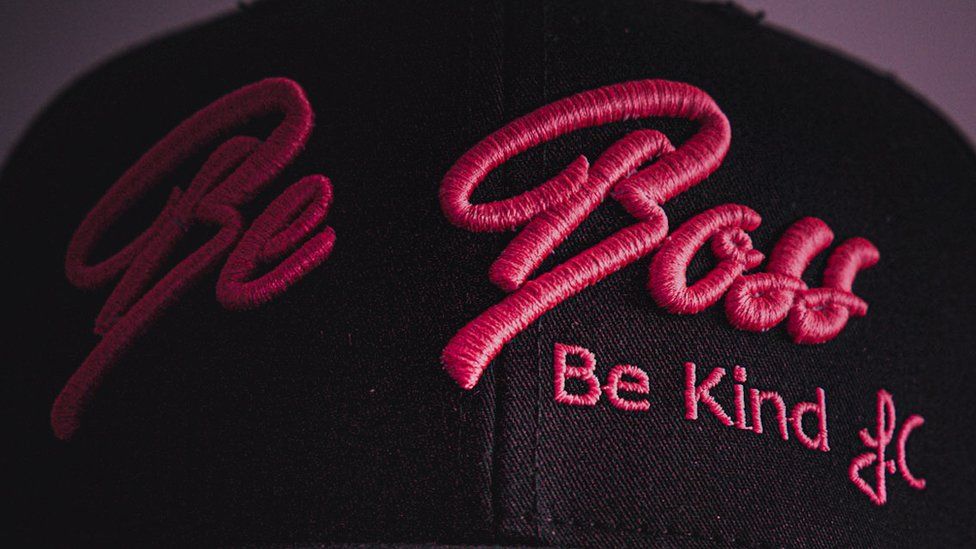


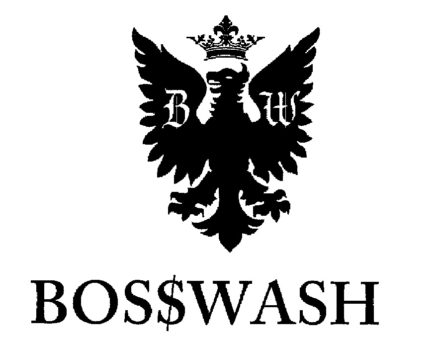

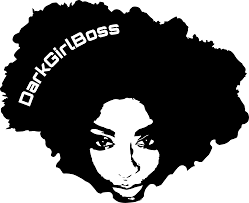
Leave a Reply